What's Happening Here?
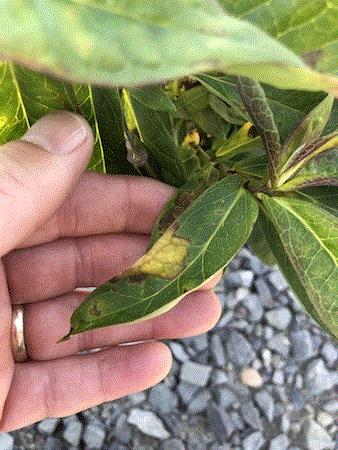
I recently came across this symptom on a containerized crop of Phlox paniculata that were being grown on an outside production bed. I was looking for the usual culprits, but my eyes were drawn to this. I quickly learned what it was. Let's see if you can figure it out. Unfortunately, I'm not giving any clues on this one. So it's time for me to ask, "What's happening here?"
Darwin Perennials Day
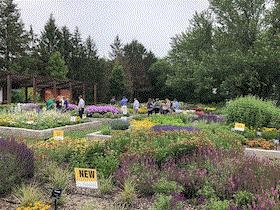
Over 300 guests attended the 9th Annual Darwin Perennials Day at the trial gardens at Ball Horticultural Company in West Chicago, Illinois, on Wednesday, June 20. Tons of beautiful perennials are planted into Zone 5 overwintered trial beds, so the winter hardiness can be easily observed (on past plantings now and this year's items can be evaluated in the years ahead).
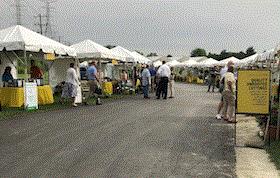
Darwin Perennials Day was not only packed with loads of perennials, but there were lots of opportunities to network with industry peers and professionals. In addition to the trial gardens, attendees could visit the over 30 industry suppliers displaying their new products and programs, catch a tour of the Ball Premier Seed Lab and attend two educational presentations.
Perennials at the Trials
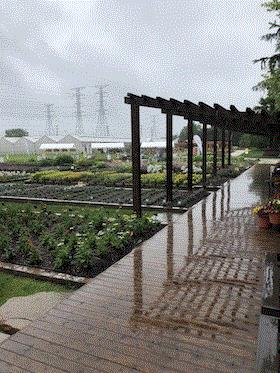
Unfortunately, my travel schedule didn't allow me to visit Darwin Perennials Day on the actual day of the event, however, I was able to visit the trials on the following day. What a difference a day makes. The weather was pleasant during the actual event and the day I visited the gardens it was very, very wet and rainy. That didn't dampen my spirits, I managed to visit each of the trial beds and here are a few of the notable perennials I saw.
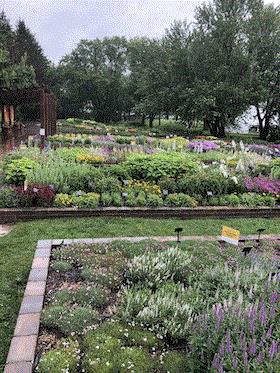
Asclepias
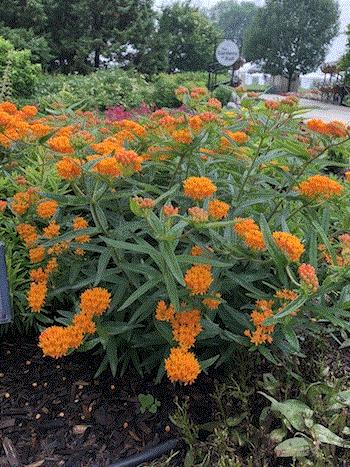
Although this isn't a new perennial by any means, when I came across this clump of Asclepias tuberosa in the trials, it reminded me of how wonderful of a landscape plant asclepias really can be. With emphasis on supporting butterflies and other pollinators—not to mention Asclepias tuberosa's recent reign as the Perennial Plant Associations' 2017 Perennial Plant of the Year—there will be demand for this great perennial for years to come. Hardy to Zone 3.
Coreopsis Super Star

Super Star is a new hybrid coreopsis from Darwin Perennials. Super Star rocks the stage with its extra large flowers—the largest coreopsis flower on the market. Super Star has a similar habit and growing requirements as the increasingly popular UpTick series (also from Darwin Perennials), but the super-sized flowers absolutely steal the show. Hardy to Zone 5.
Echinacea Sombrero Tres Amigos
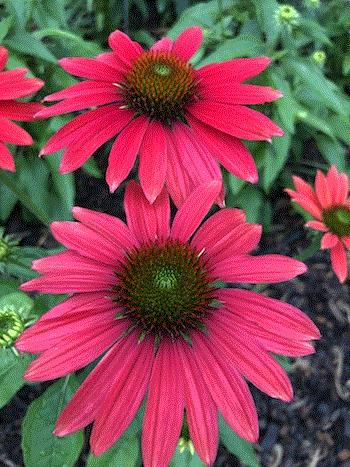
The image above really doesn't show the variance in flower coloration you'll observe on a plant that has flowered over a period of time. The name Tres Amigos refers to the three distinct flower colors that can be simultaneously observed on the same plant. The flowers initially open with a peachy-coral color, ages to rose and then fades to burgundy. This trifecta of colors truly offers a unique and interesting appearance. Like the other Sombrero cultivars from Darwin Perennials, Tres Amigos is hardy to Zone 4.
Phlox Ka-Pow White Bicolor
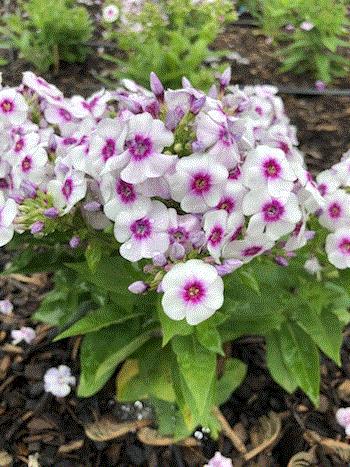
As their name implies, the Ka-Pow series of Phlox paniculata packs a punch with their small, 16- to 18-in. high demeanor and impressively large colorful flower heads. Ka-Pow White Bicolor is the newest addition to the series and certainly seems like it'll hold its own in the ring as well as the landscape. The plant in the image was planted this spring; I can only imagine the flower power it'll have next year. This Zone 4 perennial will knock your socks off.
Salvia Rose Marvel
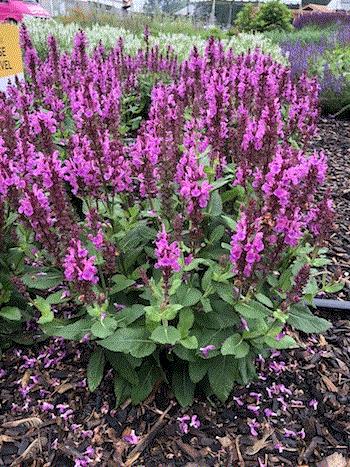
Over the past couple of growing seasons, Rose Marvel has stood out as a top performer. Rose Marvel has excellent vigor, a great growing habit, giving it both good container and landscape appearance, and produces lots of large rose-colored flowers. It reblooms without being cut back, providing an extended period of bloom. If you haven’t grown it yet, be sure to give this Zone 4 salvia a try.

herb·A·licious
The new herb·A·licious program garnered lots of attention at Darwin Perennials Day. herb·A·licious is a new herb combination program with patio-to-plate performance. The program features creative and functional herb combinations, such as "Blue Ribbon BBQ," which contains a collection of herbs used for grilling, and "Buzz Off!", which you guessed it, is used to repel those pesky mosquitos. URCs for the herb·A·licious program are available from Darwin Colombia or as rooted liners from young plant distributors.
RIP Greg Soles
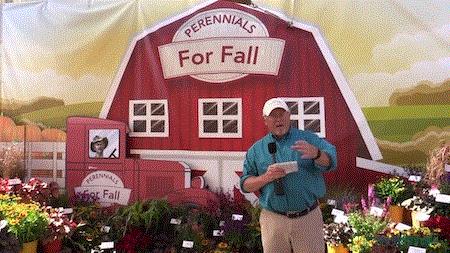
Besides enjoying the beauty of the gardens at Ball, visiting the perennial trials evoked emotions I wasn't expecting to experience. While there, I realized how attending Darwin Perennials Day wasn't the same without one of the perennial industry's strongest advocates: colleague and friend, Greg Soles.
Greg passed away unexpectedly on May 12 and was a staple at industry events such as Darwin Perennials Day. He was filled with passion, enthusiasm, knowledge and wonderful stories. The perennial trials were absolutely beautiful and great and that's exactly what Greg was. Rest in peace my friend. You are greatly missed.
The Answer is…
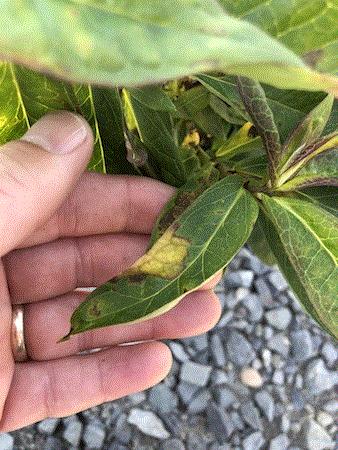
To refresh your memory, here’s the image I shared at the top of the newsletter. Were you able to determine what's causing the leaf blotches on this Phlox paniculata? If you're still on the fence, check out the bottom of the leaves directly below the leaf blotch.
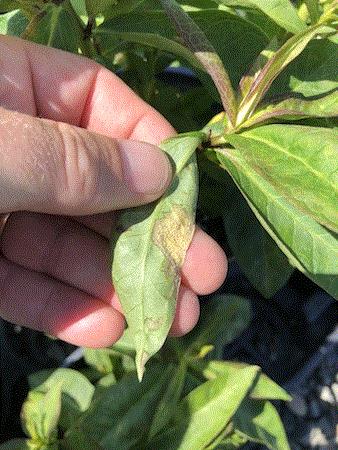
Bingo, I bet you did it. If you answered downy mildew is the cause of the leaf blotches, you nailed it. Still not convinced? Let's take a closer look at the underside of the leaf.
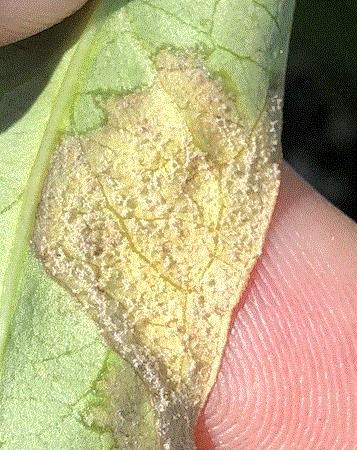
Now you can see the light brown fuzzy sporangia of downy mildew. As I've mentioned before, always check the undersides of the leaves. Failure to look below could easily lead to a misdiagnosis.
Please Help!
I like to think of all of you as my peers—my peeps, so to speak. We're a community of academia, horticulture professionals, gardeners and everything in between. There's a lot of knowledge and experience in the Perennial Pulse community. I received a question this morning that I thought, heck, I might be able to answer it to some extent, but perhaps some of you also might be able to chime in and share some of your knowledge.
So here's the question I received:
I have been trying to find information about hostas and other perennials' ability to change media pH as they are growing. I know, and have experienced, how petunias, marigolds and geraniums will lower or raise soil pH as they are being produced. I would like to access the same type of information with regards to perennials. Can you help?
Please email me if you have any experience or perhaps even a list of perennials that influences media pH during production. Any comments and insights would be appreciated. Please help a fellow colleague and Perennial Pulse subscriber. Perhaps we can do the same for you some day.
I'll compile the responses and cover this topic in the next Perennial Pulse. Thanks in advance for your input. Please send your responses to me at ppilon@ballpublishing.com.



Thanks for reading this edition of Perennial Pulse. Feel free to drop me a line from time to time to give me a status report or to let me know what challenges you're facing. Also, I'm always interested in learning what you'd like to read about in a future Perennial Pulse.
My email is ppilon@ballpublishing.com.
Best regards,
Paul Pilon
Editor-at-Large
Perennial Pulse
This email was received by you and over 33,661 subscribers!
If you're interested in advertising in Perennial Pulse, contact Kim Brown ASAP and she'll hook you up.